Cardiorespiratory stress test with gas analyzer
Determine the optimal heart rate for training and predict your athletic performance.
What is the purpose of testing?
Functional testing with gas analysis must be performed in all sports, especially for amateurs who want to achieve the best possible results.
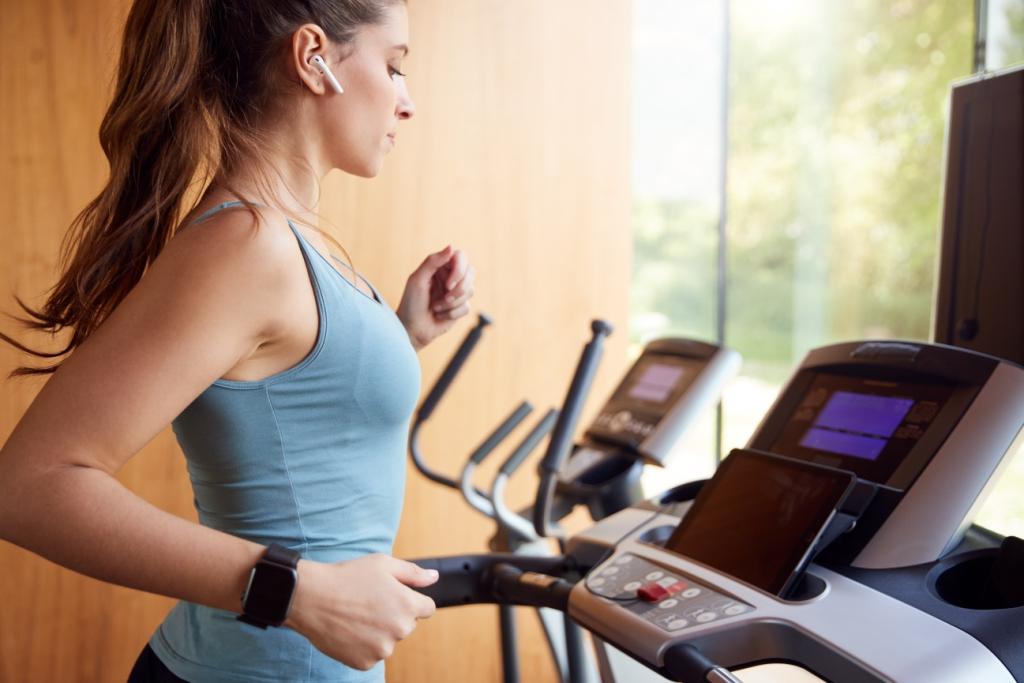
The results obtained will make it possible to efficiently, competently and safely calculate the training process based on the individual characteristics of the body.
The study shows which pulse should be kept at competitions or during intense training, at what speed the maximum fat burning occurs, which helps predict athletic performance.
What parameters are being measured
- O2 consumption
- maximum O2 consumption
- CO2 production
- respiratory rate
- maximum aerobic performance
- minute ventilation
- the time of onset of the anaerobic threshold (PANO)
What does the patient receive based on the results of the examination?
Testing with gas analysis allows you to assess the maximum oxygen consumption, thresholds of anaerobic and aerobic metabolism, recovery rate, operating time in the "acidification" zone and other indicators of aerobic endurance. Knowledge of these indicators is critically important for building workouts aimed at increasing endurance and speed-strength performance, or increasing the fat-burning effect of physical activity.
Based on the results of cardiorespiratory testing, detailed recommendations are given in which direction the athlete needs to move in order to achieve the target results with minimal stress for the body.
This test must be taken twice a year – at the beginning of the preparatory period and at the peak of the form. Additional testing may be performed before a new training cycle, shortly before a competition, or after a long rest period.
We will send you a report with the results by e-mail in PDF format within two business days.
Preparing for testing
- Do not do heavy training two days before the test. On the eve of testing, leave yourself a day to rest completely.
- After the marathon, take at least a week to recover before testing.
- Three hours before the exercise tests, it is necessary to exclude food, caffeinated drinks, alcoholic beverages, and also to refrain from smoking.
- A light snack is allowed for 1.5 hours.
- Clothes should be light and comfortable. Women need to wear a top.
- Take comfortable running shoes with you.
Cardiopulmonary stress testing in cardiology
This study makes it possible to more accurately assess the risk of cardiovascular surgery, determine the time when valve replacement can no longer be postponed, and clarify the functional status and prognosis for coronary heart disease and heart failure.
Cardiopulmonary stress testing before surgery
Exercise tolerance is an important predictor of perioperative mortality and is recommended as one of the possible ways to assess the risk of extracardial surgery. The use of cardiorespiratory stress testing makes it possible to better prepare the patient for major surgeries.
Cardiorespiratory stress testing after covid-19
In rehabilitation, the use of CRNT becomes necessary in patients who have suffered from pneumonia, especially COVID. This allows you to select individual characteristics of the rehabilitation process.
Cardiopulmonary stress testing in pulmonology
In patients with chronic obstructive pulmonary disease and bronchial asthma, this test allows you to study the functional state of the lungs with maximum accuracy and evaluate the response to treatment.
Doctors

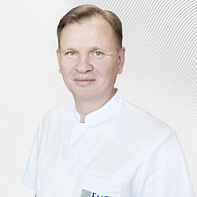
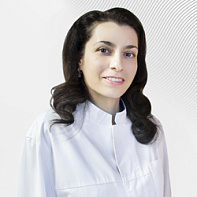
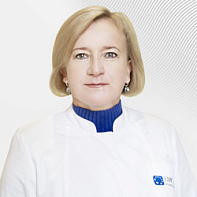
.jpg)
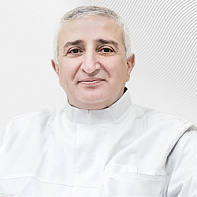
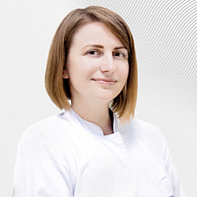
.jpg)
.jpg)
.jpg)
.jpg)
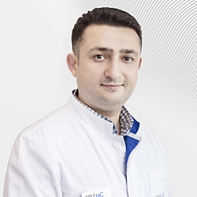

.jpg)


.jpg)
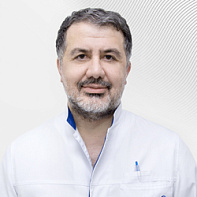

- Specializes in research of the cardiovascular system, including in the framework of surgical vascular pathology, as well as in such pathologies as ACS and oncological cancer
- Field of activity — ultrasound examinations of blood vessels in all regions




